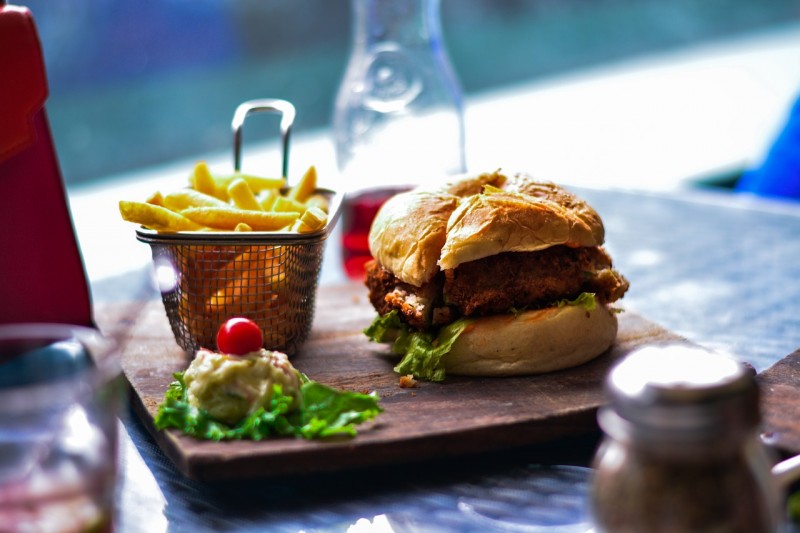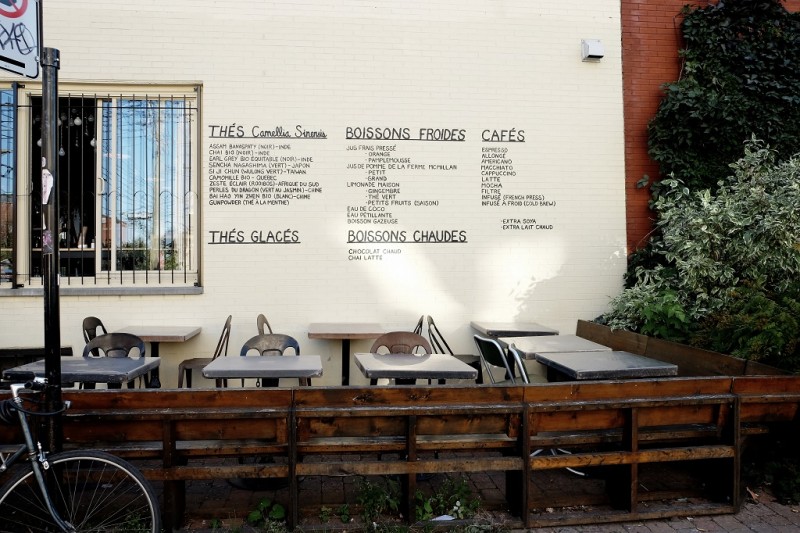How much attention should you pay to restaurant hygiene star ratings?
When we buy our food, whether it’s from a supermarket or in a restaurant, we often don’t stop to think about the standards of hygiene. Instead, standards of hygiene tend to be just a sign we may see or an afterthought. If a business looks reasonably well kept from the outside, it is easy to forget there are some parts we, as customers, don’t see, so therefore we cannot judge accurately whether it is a safe place to eat.
A surprising example of poor food hygiene was found in popular food chain KFC in Pontypool, Wales. Being a well-known brand, we wouldn’t normally associate KFC with poor food hygiene, but the restaurant received the lowest possible score of 0 – meaning that urgent improvement was necessary. The result of the inspection was so shocking that the chain closed the restaurant for cleaning, alterations and staff training.
The food hygiene rating scheme
The KFC example really highlights the benefit, if not necessity, of the Food Hygiene Rating Scheme. The scheme is operated by local authorities and has been rolled out in England, Wales and Northern Ireland to ensure businesses selling food comply with food hygiene law.
The local authorities arrange inspections of the premises by food safety officers, who then give the business a rating based on their findings.

By Basil D Soufi (Own work) [CC BY-SA 3.0], via Wikimedia Commons
The idea behind the scheme is to give the public the chance to make an informed decision as to where to purchase their food from. Customers can use the rating given by the food safety officers to ascertain exactly how the business operates in terms of cleanliness and hygiene, and are therefore given an insight into areas that otherwise they would not see.
The scheme also encourages businesses to make improvements where necessary. The inspectors will give some guidance as to how the business can improve their hygiene standards. By receiving the rating and giving information to the public, local authorities are encouraging businesses to maintain high standards in order to avoid losing their customers.
How businesses are rated
Food safety officers carry out inspections on any business that sells food, from restaurants and hotels, to supermarkets and shops. Even mobile food vans and stalls must be registered with their local authority’s environmental health service. Premises which wouldn’t normally be associated with food are also subject to inspection, such as hospitals and schools.
Inspections are carried out in three areas:
Firstly, food safety officers look at the hygienic handling of food and whether the restaurant has a food handler permit or not. This includes how food is prepared and cooked, as well as reheating, refrigeration and storage.
Secondly, the conditions of the building and facilities are examined. This involves inspecting standards of cleaning, pest control and availability of hand washing facilities.
Lastly, inspectors look at how hygiene is managed in the business. This requires systems and checks to be in place to ensure hygiene standards are being met, and that staff are fully trained so they know and follow the rules regarding hygiene.
The ratings and what they mean
Based on the findings of these inspections, the business will receive a hygiene rating from 0 to 5. The ratings are as follows:
0 – Urgent Improvement Necessary. This is the lowest possible rating a business can be awarded.
1 – Major Improvement Necessary
2 – Improvement Necessary
3 – Generally Satisfactory
4 – Good
5 – Very Good. This is the highest rating a business can receive.
If a business receives a rating of 0, it is a high indication that they performed poorly in all three categories. Likewise, when a business receives a rating of 5, it generally means that they performed well in all three areas of inspection.
Where the rating can be viewed
Businesses are given green and black stickers to display in a prominent place, which indicate the rating they have received. It is obviously in their best interest to display these to assure customers of their standards of hygiene.
However, it is only a requirement to display the rating in Wales. Businesses in England and Northern Ireland are not required to display the stickers by law.
If the stickers are not obviously displayed, customers can ask staff for the hygiene rating. Alternatively, the rating can be viewed online here by entering the business name and area in the boxes provided.
Overall, this scheme is an incredibly useful tool for awareness and maintenance of food hygiene standards. It gives the public a great insight as to how well a business is run, and also encourages businesses to maintain higher standards for both the benefit of the public and the success of their business.












